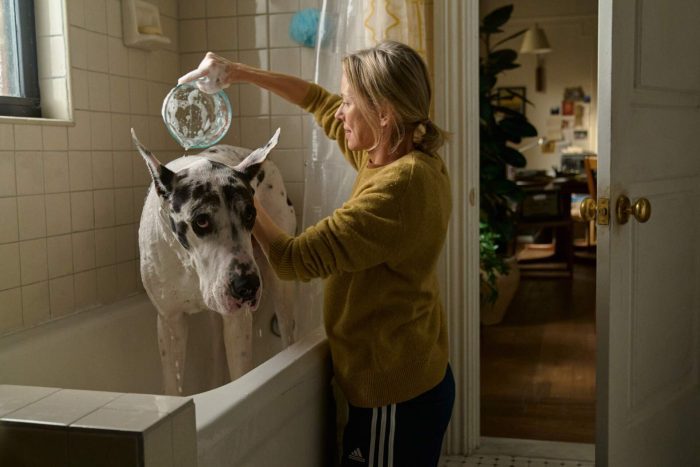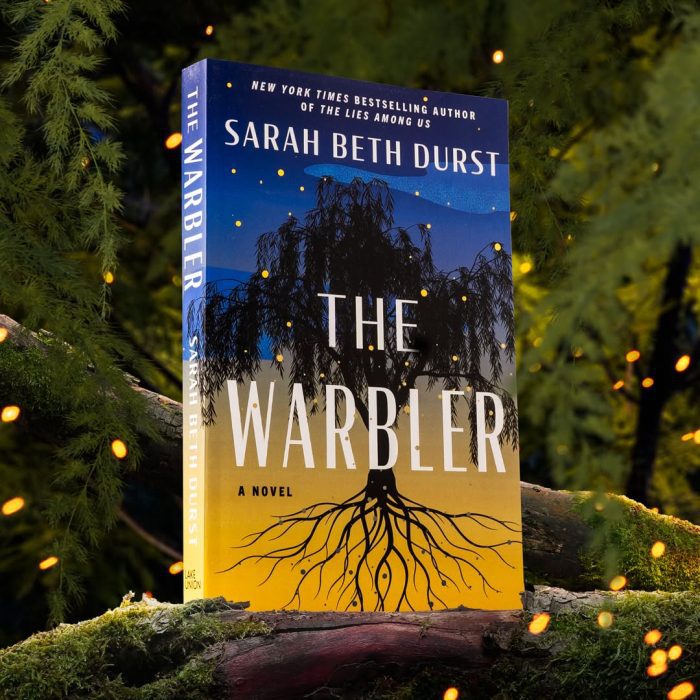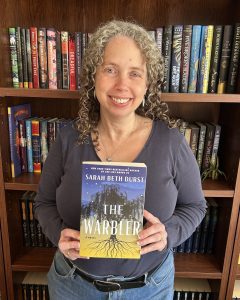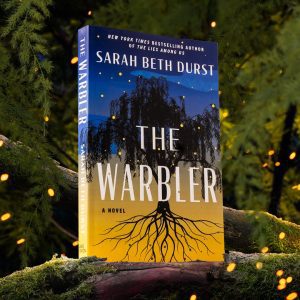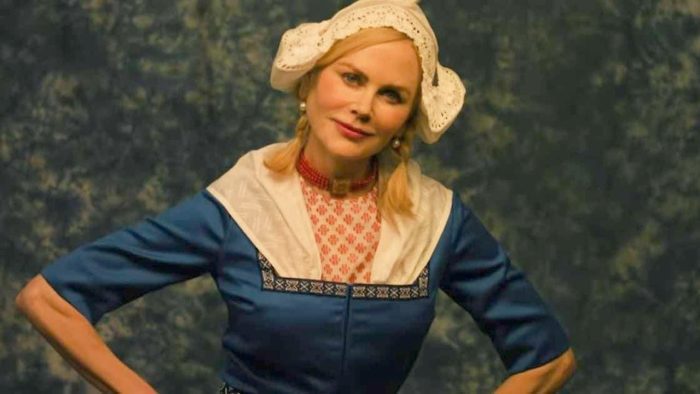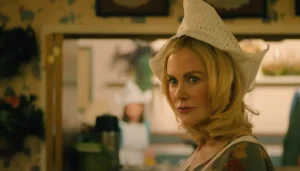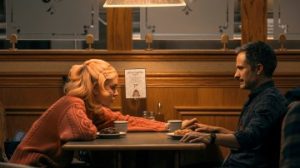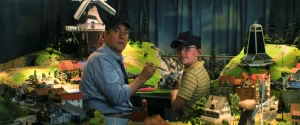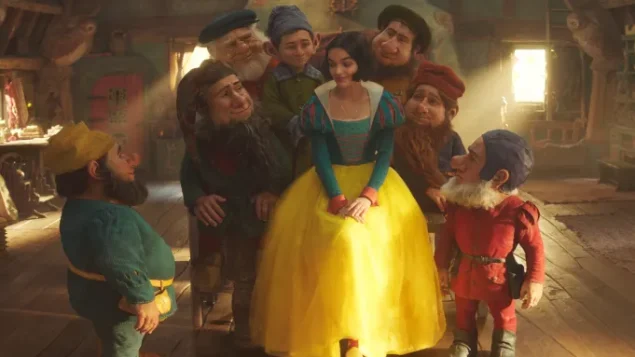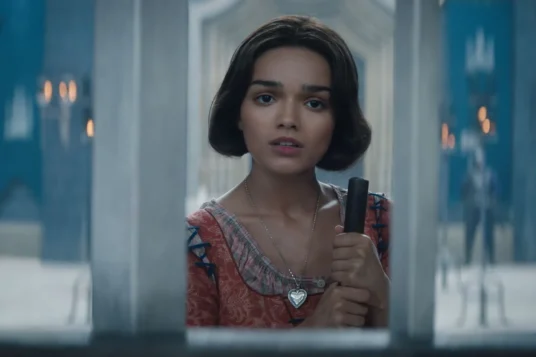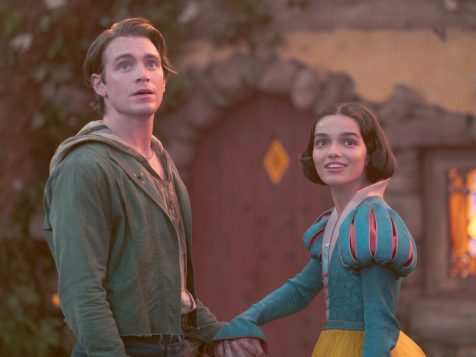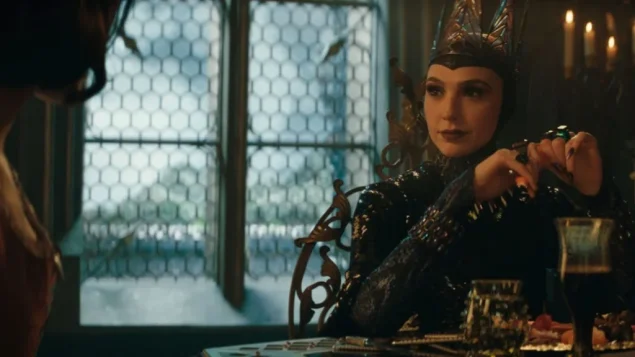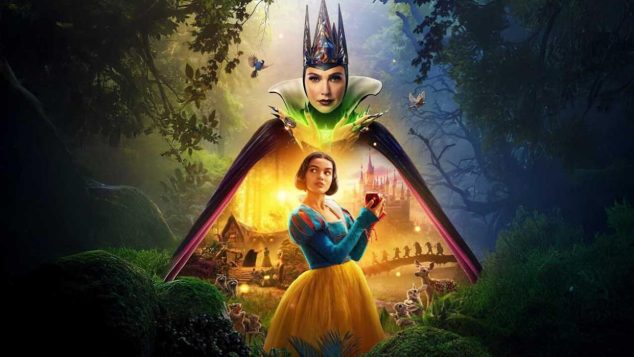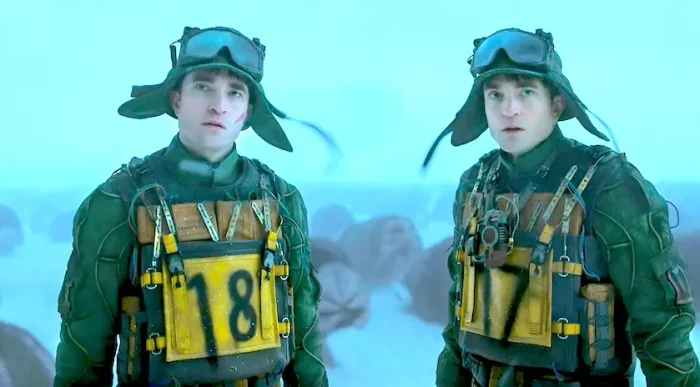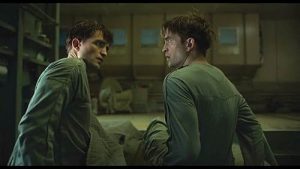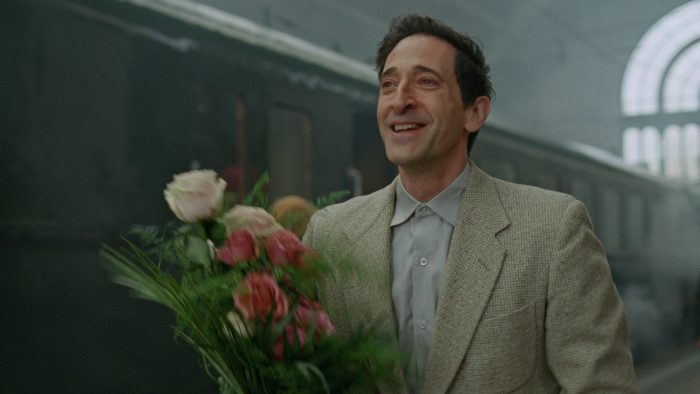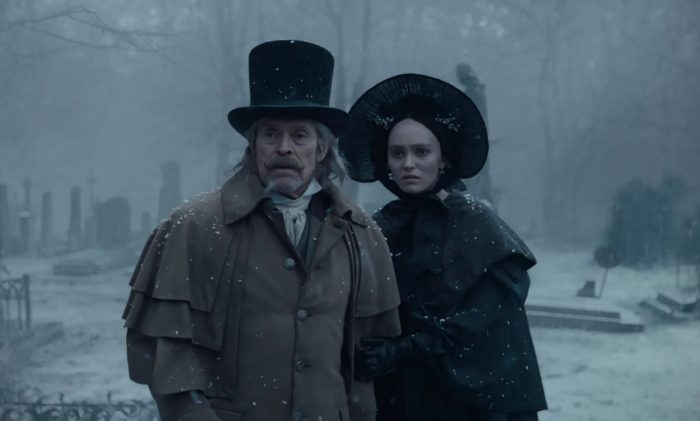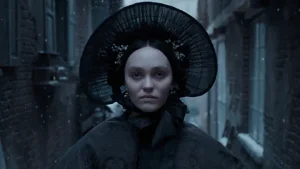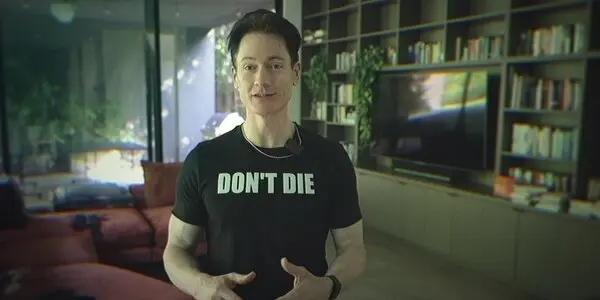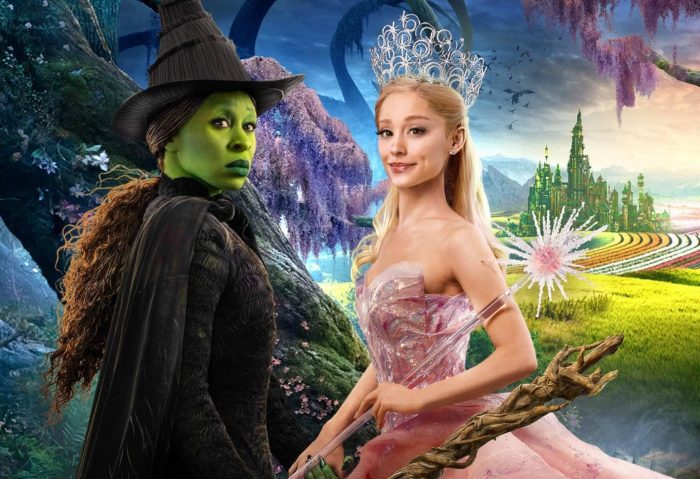Reviewed by Jeffrey Sanzel
“What will happen to the dog?” That question is the inciting force of The Friend, Scott McGehee and David Siegel’s meditative adaptation of Sigrid Nunez’s 2018 novel, winner of the National Book Award for Fiction.
Canine cinema is its own subgenre. From Old Yeller to As Good as It Gets, Marley & Me to The Art of Racing in the Rain, the four-legged companions have threaded through dozens, if not hundreds, of stories. The films (Cujo excepted) focus on the transformative power for and of the love of dogs. From tear-jerkers to family farces, man’s best friend has often provided a mirror of their companions’ hearts, minds, and souls.

The Friend lives in the intersecting worlds of literature and academia. Writer-former professor Walter (Bill Murray) takes his own life, and his third wife, Barbara (Noma Dumezweni), asks his former graduate student, colleague, and friend, Iris (Naomi Watts), to adopt his dog, a Great Dane named Apollo (Bing). Reluctantly, Iris agrees to temporarily house the dog in her rent-controlled New York apartment, where Hektor (Felix Solis), the superintendent, reminds her that pets are forbidden in the building. The film follows the usual path of distance to acceptance to bonding.
While the description might indicate a by-the-numbers tale, The Friend rises above the basic. Iris and the denizens of her narrow, mostly intellectual world dwell in inner emptiness. Even Walter’s death leaves them numb, struggling to find meaning or even feeling. (It is no coincidence that Walter’s hero was the existential and almost perpetual bleak writer Samuel Beckett.)
Iris, a self-proclaimed cat person, lives without a cat. Though the claim could be because of the apartment rules, it is more likely about her disconnection from connection. She collaborates with Walter’s illegitimate daughter, Val (Sarah Pidgeon), editing a book of Walter’s correspondence. But the undertaking is sluggish, frustrating, and unsatisfying. The publisher, Jerry (Josh Pais), pressures them to finish as there is “more interest in a dead Walter.”
Iris’s mixed views about Walter (a serial philanderer) seep into every moment of Watts’ strikingly understated performance. Her Iris dwells in a sort of twilight void; the conflict and eventual acceptance of Apollo awakens her spirit, giving her life and giving that life meaning. Watts creates a powerfully subtle, multi-dimensional Iris. Watts is not so much slow as methodical, breathing the struggle of daily life. She is nothing less than riveting.

Watts is surrounded by equally restrained and effective performances. The always reliable Dumezweni grounds Barbara; Pidgeon makes the daughter simultaneously free-spirited and haunted; Constance Wu brings the right touch of narcissism to Tuesday, the insufferable second wife. Solis and Ann Dowd, as neighbor and friend, Marjorie, offer some of the brighter, warmer colors.
Murray appears in a brief prologue, a few short flashbacks, and a fascinating speculative scene in which Iris attempts to work out her relationship with the dead man through the process of writing. Murray finds sweetness and restraint adding to Walter’s contradictory behaviors.
The only one who seems to truly mourn Walter is Apollo. From the drive from the kennel with Apollo gazing sadly out the taxi window to his coopting of Iris’s bed where he lays woefully inert, Bing brings a heart-breaking “humanity” to the Great Dane. (World-famous Bill Berloni is the supervisory animal trainer.)
The Friend can be summed up simply: Dogs are good. Dogs heal. Dogs provide hope. Dogs change lives. It still comes down to “What will happen to the dog?” But, with McGehee and Siegel’s mutely elegant screenplay and fluid, sensitive direction, Watts’ cathartic Iris, and a first-rate supporting cast, The Friend transcends expectations and delivers a memorable, occasionally painful, but ultimately hopeful film.
Rated R, the film is now playing in local theaters.

